The waters of Lagos glistened with beams of excitement as a remarkable delegation made its way across the lagoon. On board were voices of global leadership and solidarity: Her Royal highness, Crown Princess Victoria Of Sweden, UNDP’s Regional Director for Africa, Ahunna Eziakonwa, the Swedish Minister for Housing and Infrastructure, UNDP Nigeria’s Resident Representative. Elsie Attefuah, Swedish delegates, and the team from the UNDP Nigeria Innovation Center.
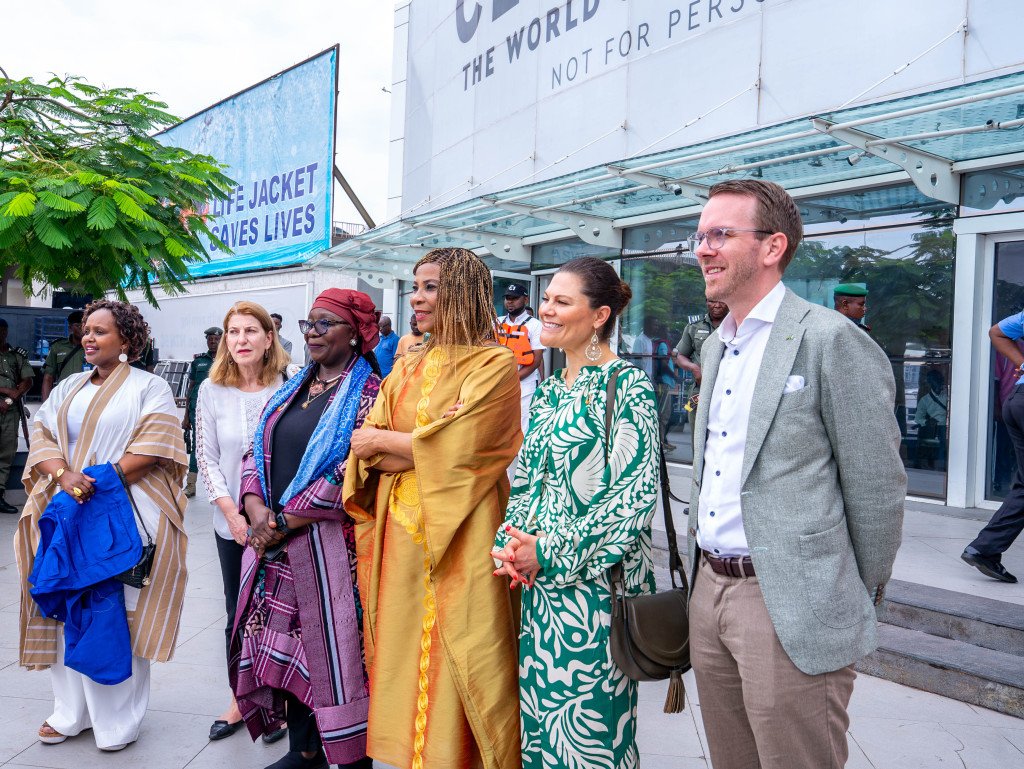
Their destination? Tomaro Island, nestled within the Onisiwo Kingdom of Amuwo Odofin LGA, a community rich in heritage and courage but long underserved, navigating the tides of climate change with quiet determination. The visit was more than symbolic. It was a journey to witness firsthand, how water communities like Tomaro, most vulnerable to climate change, are not passive victims but active agents of transformation, driving climate action in their own way.
Tomaro is more than a place, it is an ecosystem. Its shoreline is surrounded by mangroves. These mangroves common across Nigeria’s coastal belt, anchor the soil, soften wave surges, absorb carbon, and shelter marine life. They are also a source of livelihood, with longstanding health benefits, offering food, fuel, and traditional medicines to the local people.
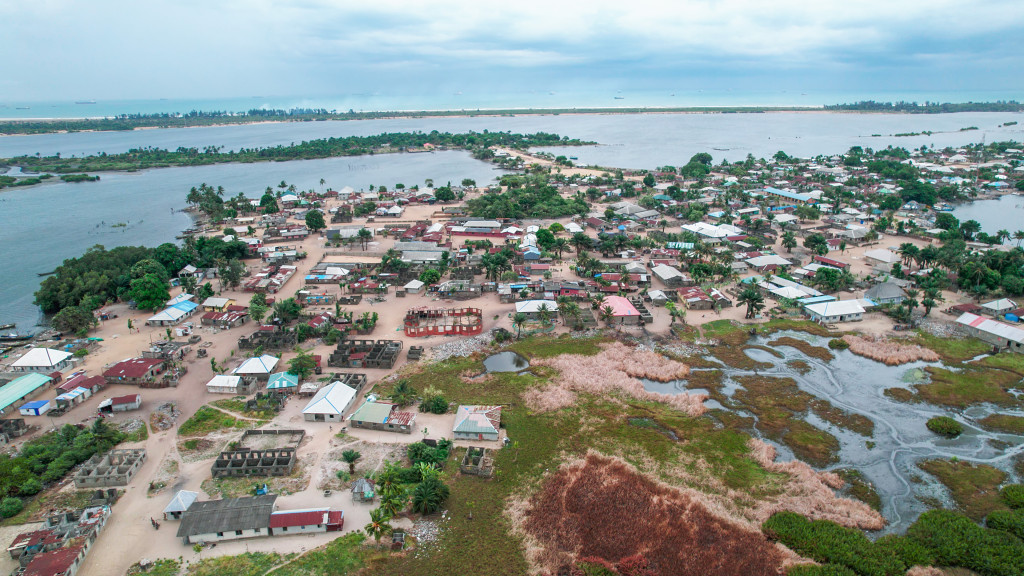
But the community lives on the edge facing increasing threats of coastal erosion, tidal flooding and rising sea levels, all made worse by rapid urbanization and insufficient environmental planning. Just across the water lies the Apapa cargo port, a multi-billion-dollar buisness line with Lagos’ booming trade and infrastructure, driven by multi-billion-dollar port activities Its sleek skyline contrasts sharply with the fragile homes of Tomaro, where residents despite living in the shadows of trade wealth, grapple daily with poverty, inadequate infrastructure, and decades of systemic neglect.
Yet in the face of adversity, Tomaro’s people are innovating. From grassroots mangrove conservation to improvised water management systems and youth-led climate education efforts, this island community is building climate resilience with what little it has, creativity, cooperation, and a deep connection to the land and water.
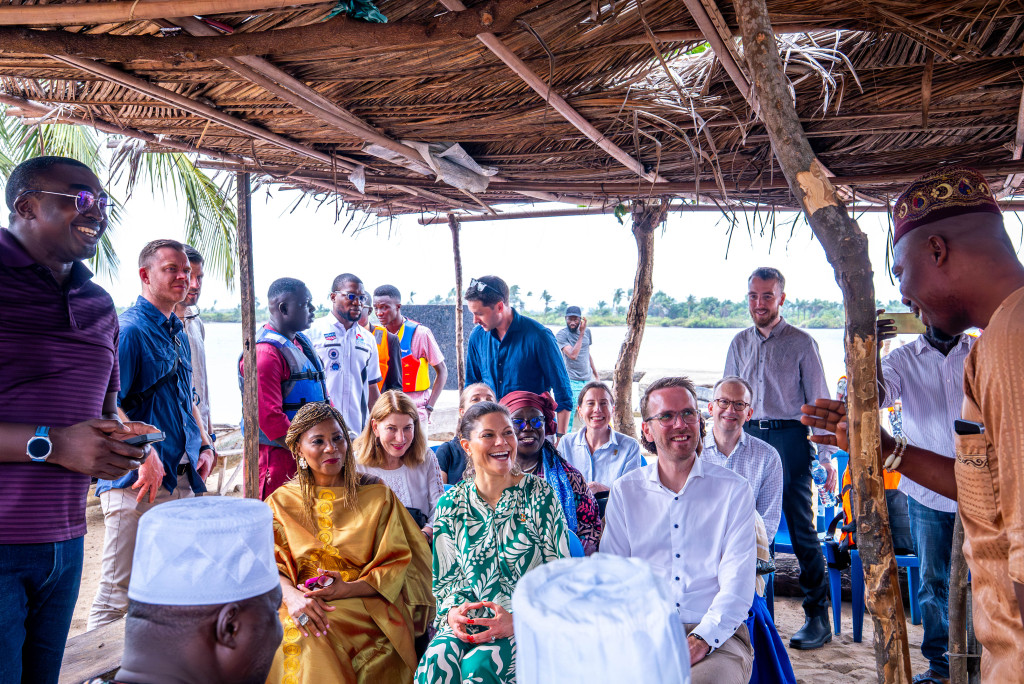
For the UNDP Innovation Center, the visit was a reaffirmation of its mission: to bridge worlds, amplify local ingenuity, and place communities at the center of innovation. Crown Princess Victoria spoke of the importance of global partnerships in strengthening local action. UNDP’s Ahunna Eziakonwa underscored the importance of centering communities like Tomaro in climate action frameworks, stating “This is where climate justice begins, not in conference rooms, but in frontline communities who live the reality every day.”
The call is to reshape how we define innovation and inclusion, especially in the climate discourse. Tomaro may not be on glossy papers or make the frontline news but it holds lessons in sustainability, equity and resilience that the world urgently needs to learn.
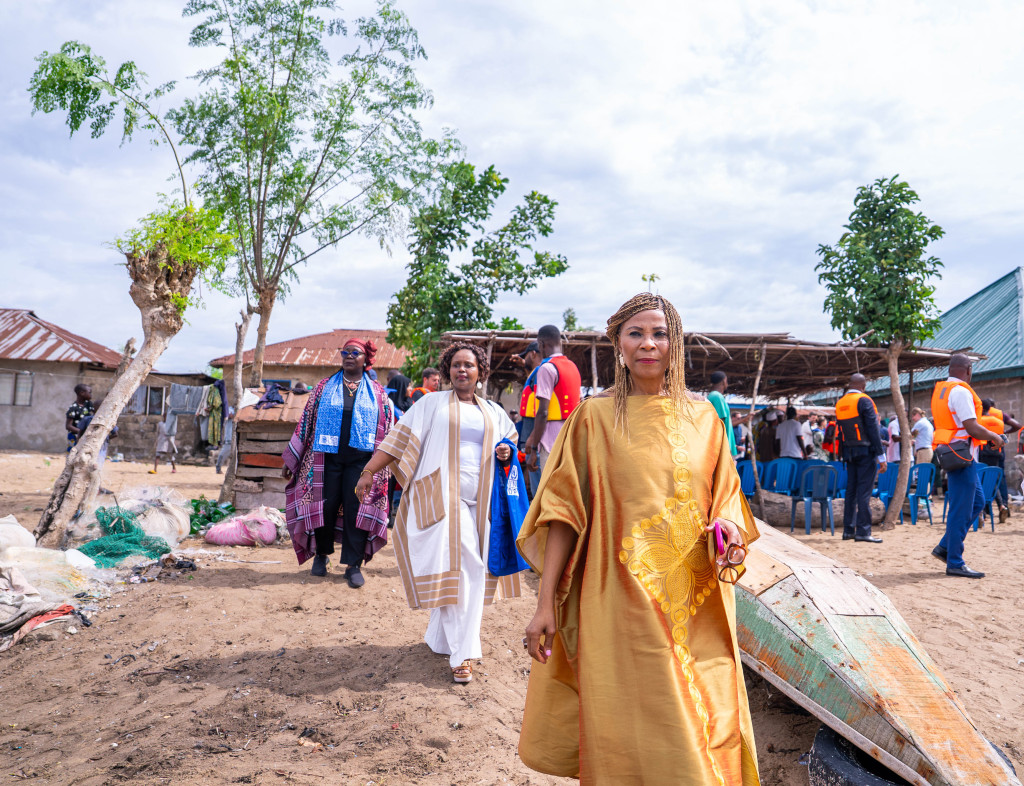

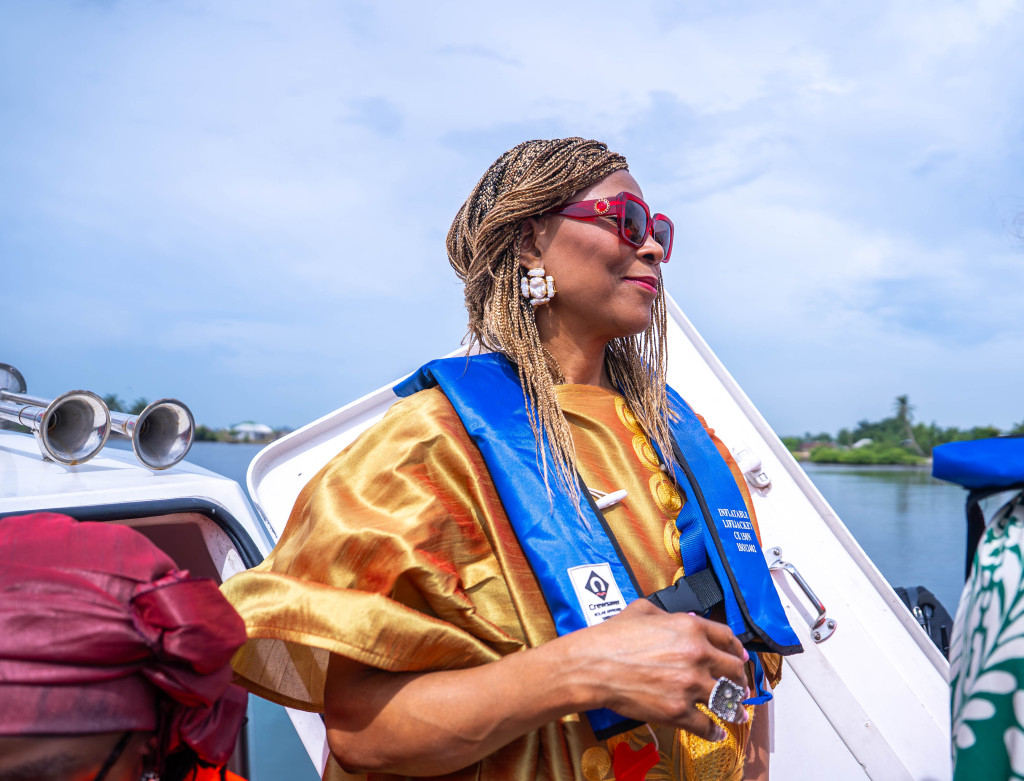
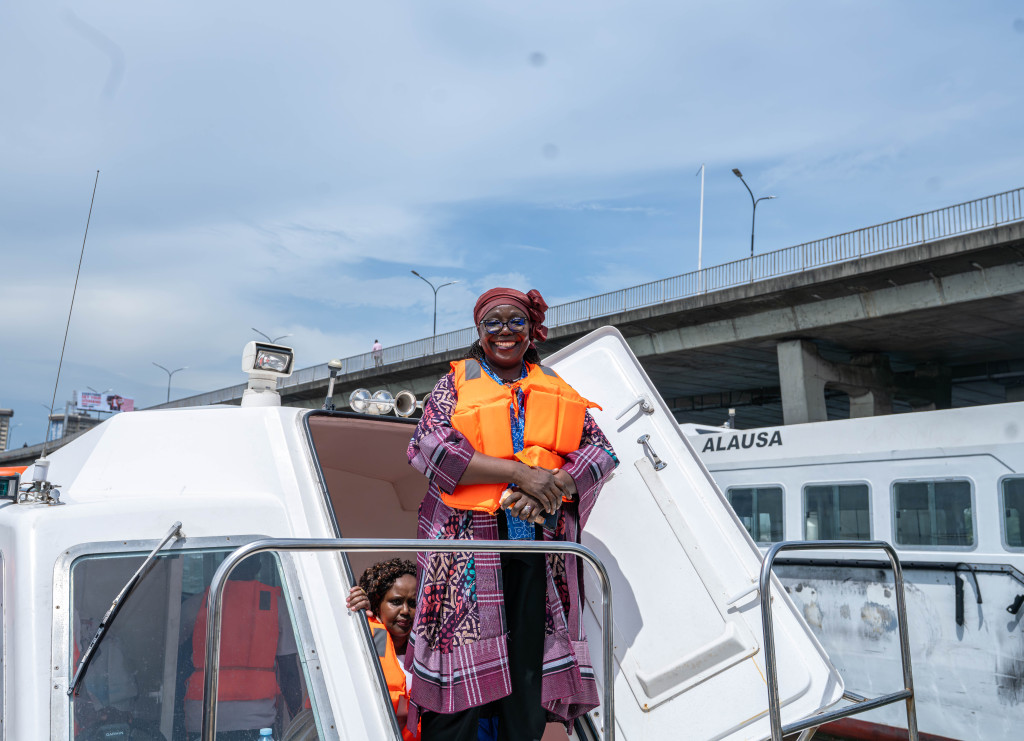
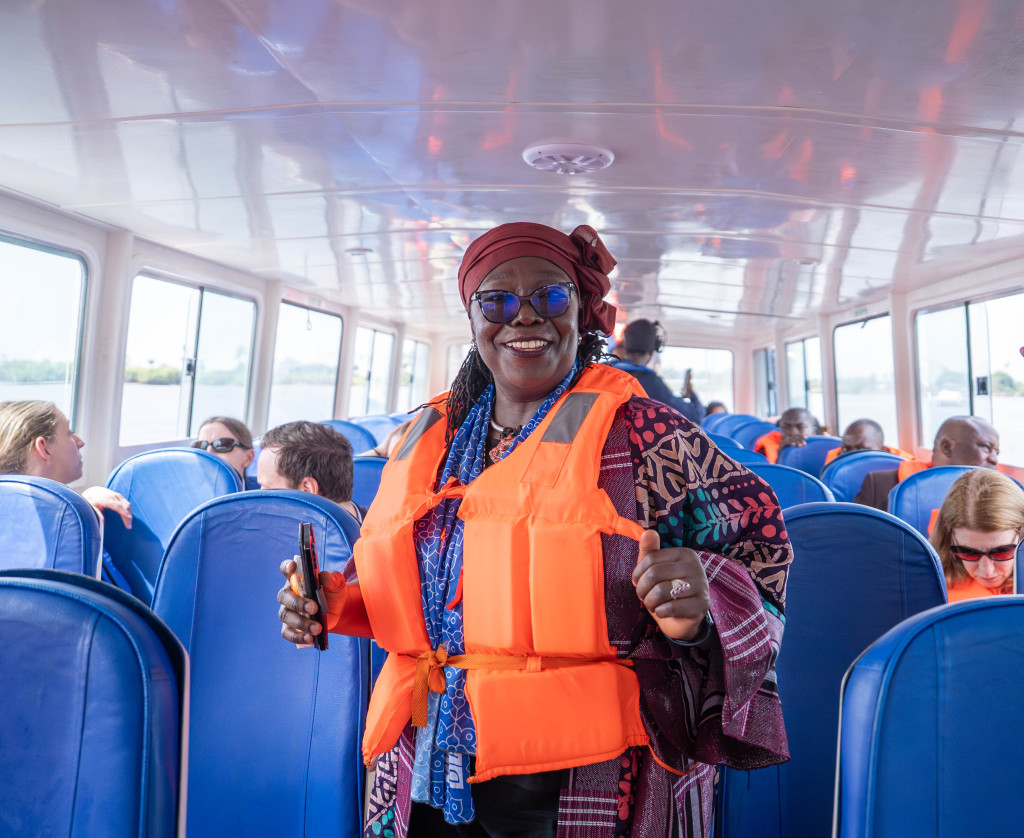
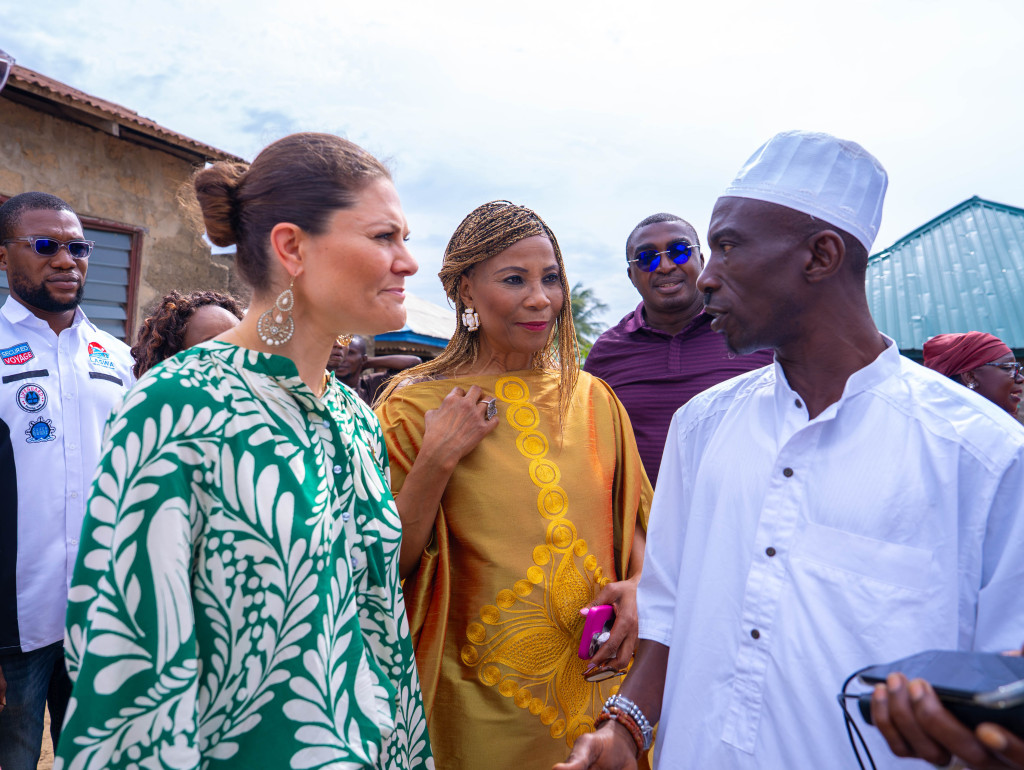

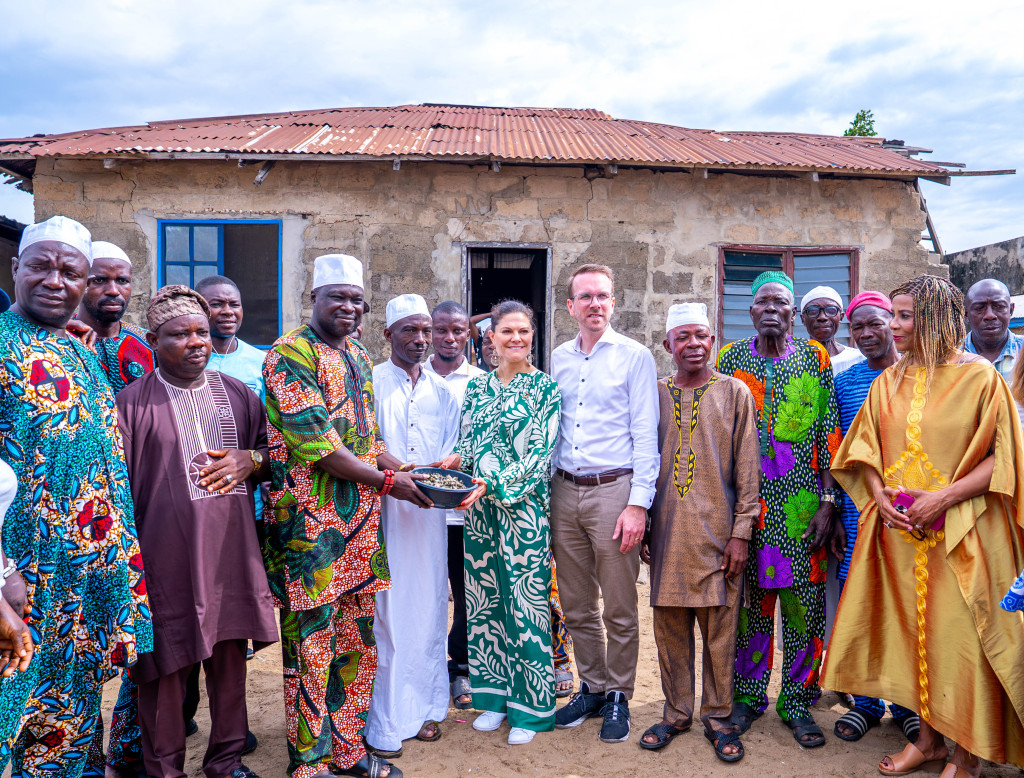

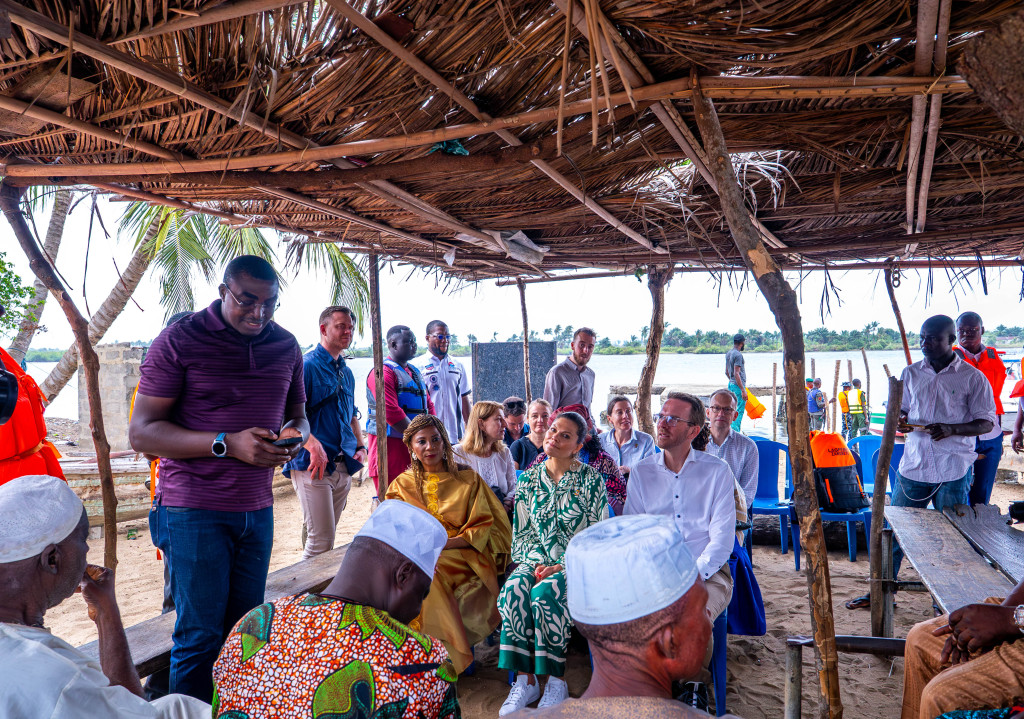
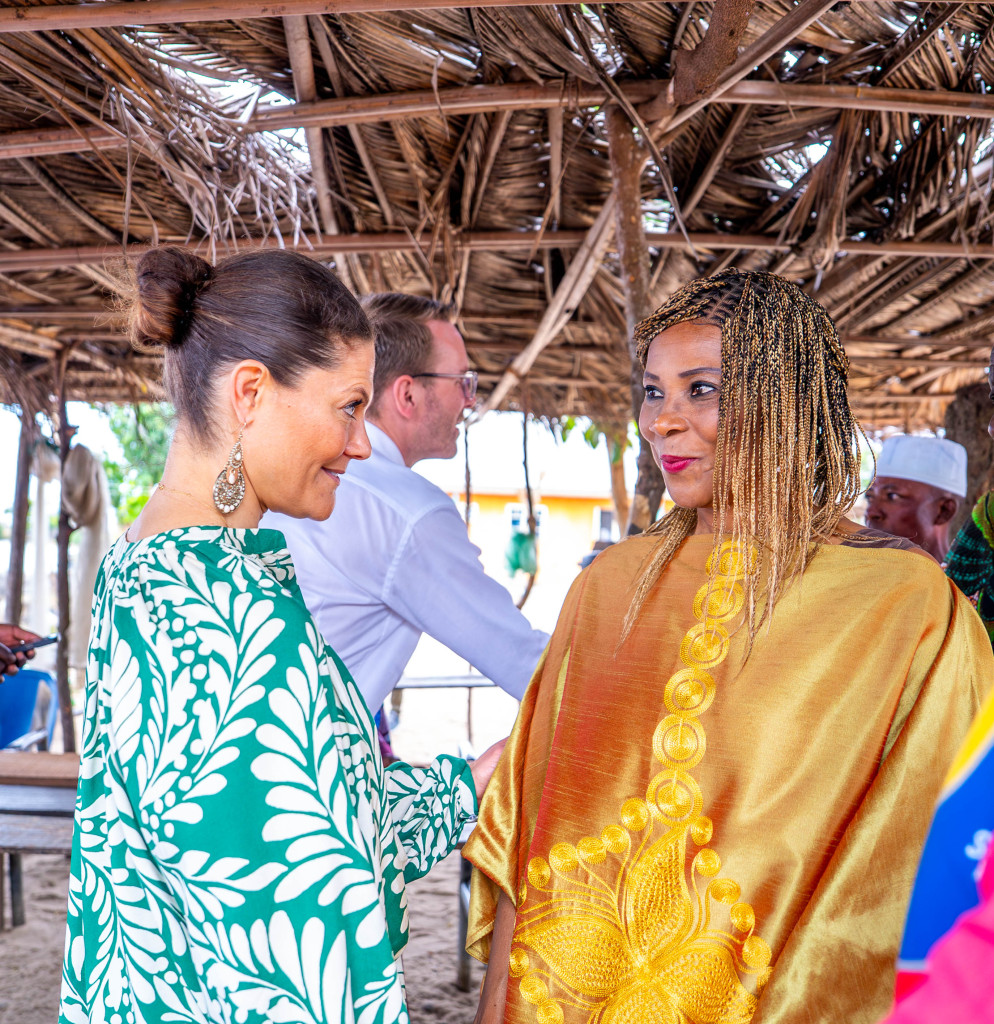
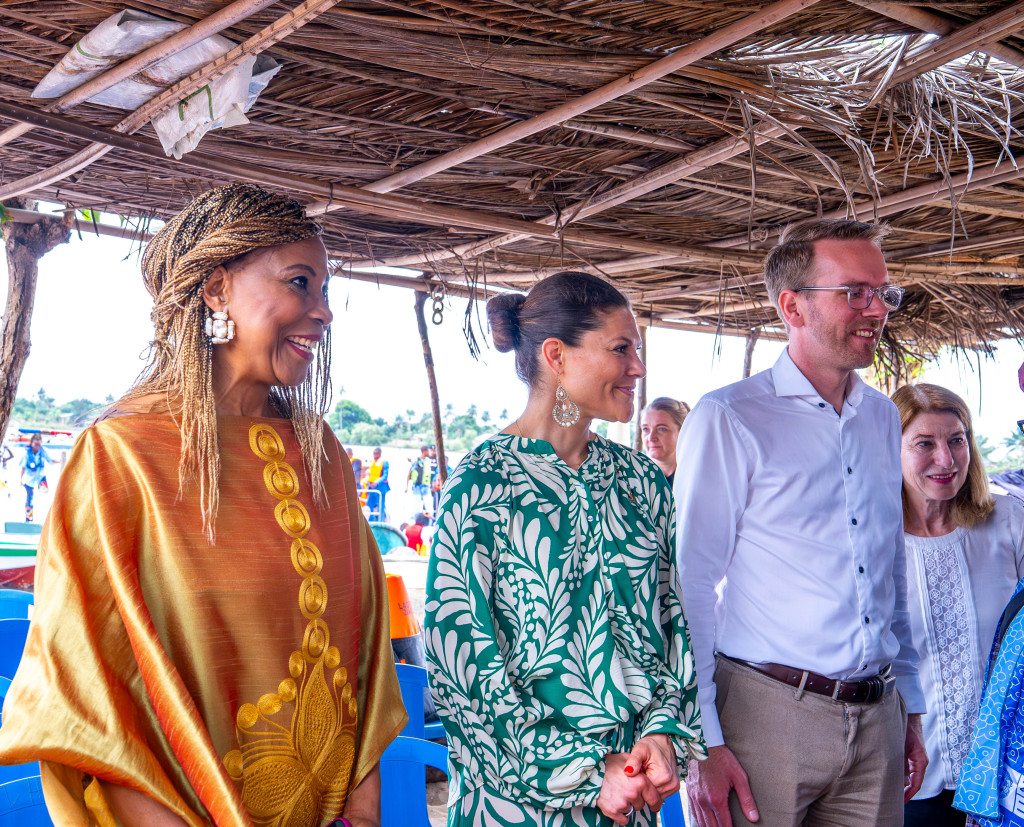

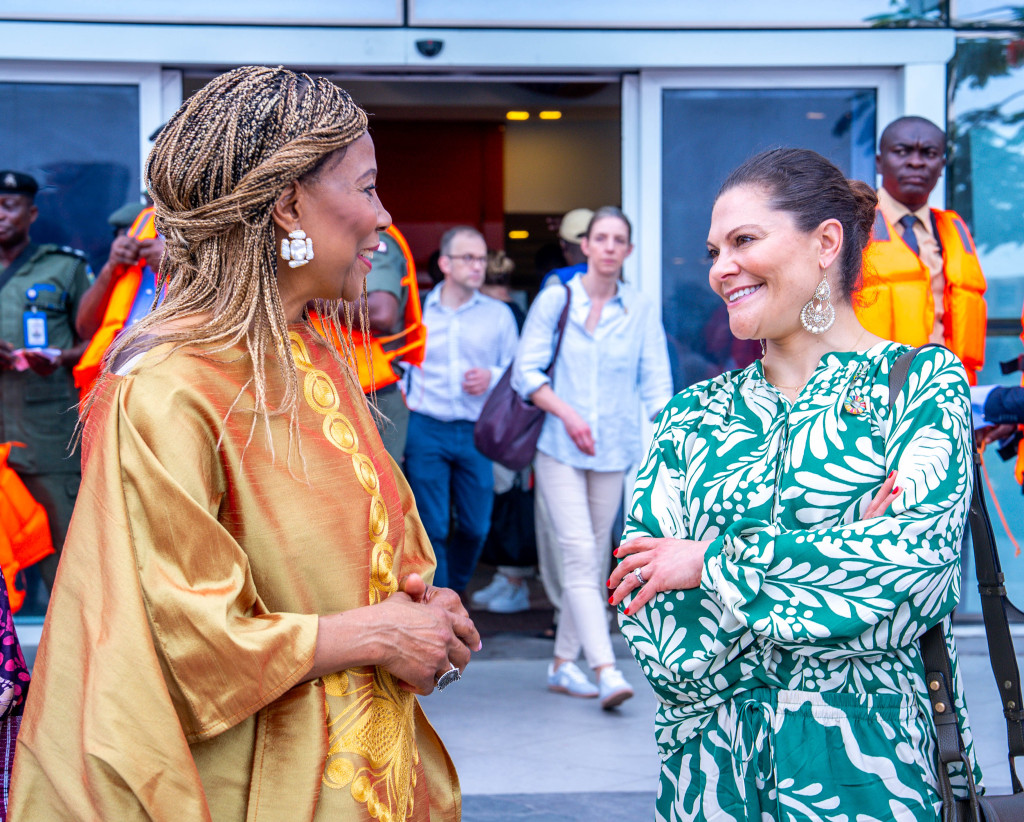
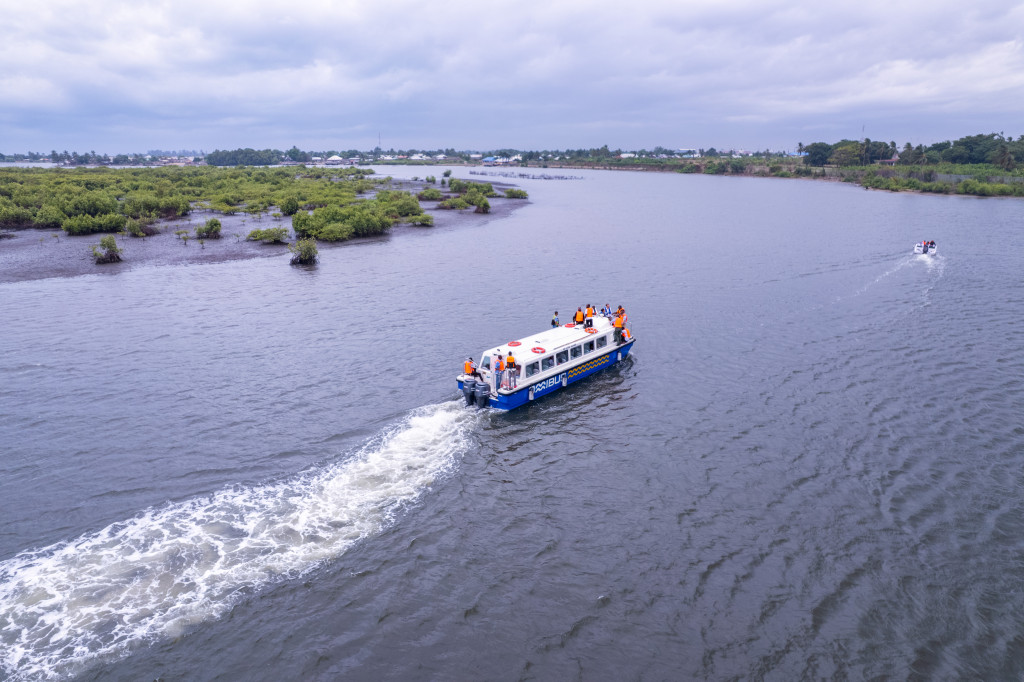
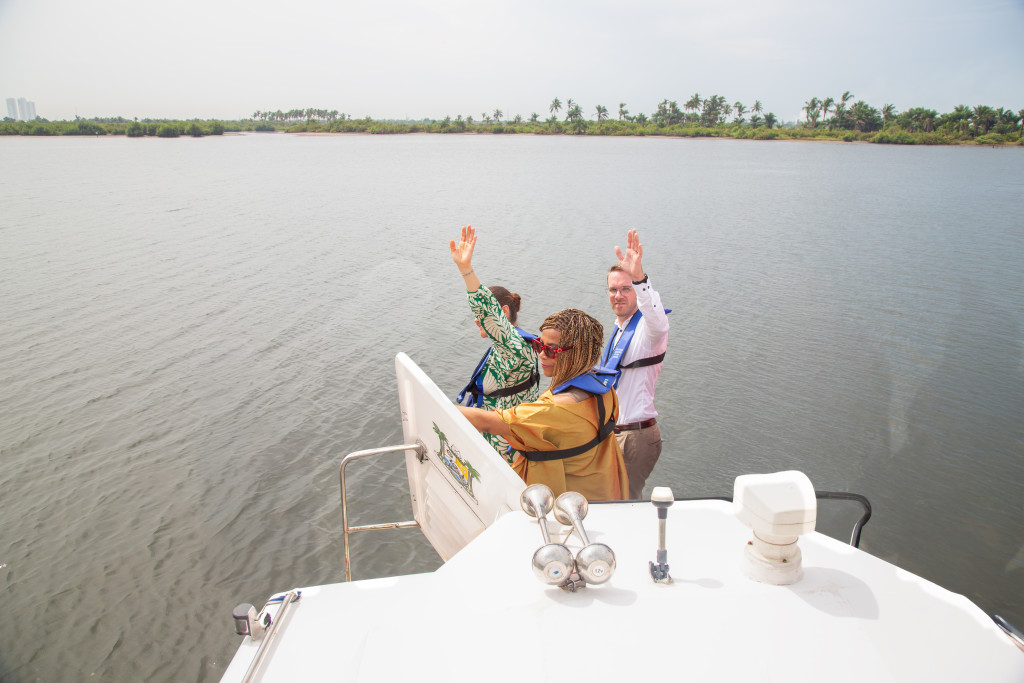


Leave A Comment